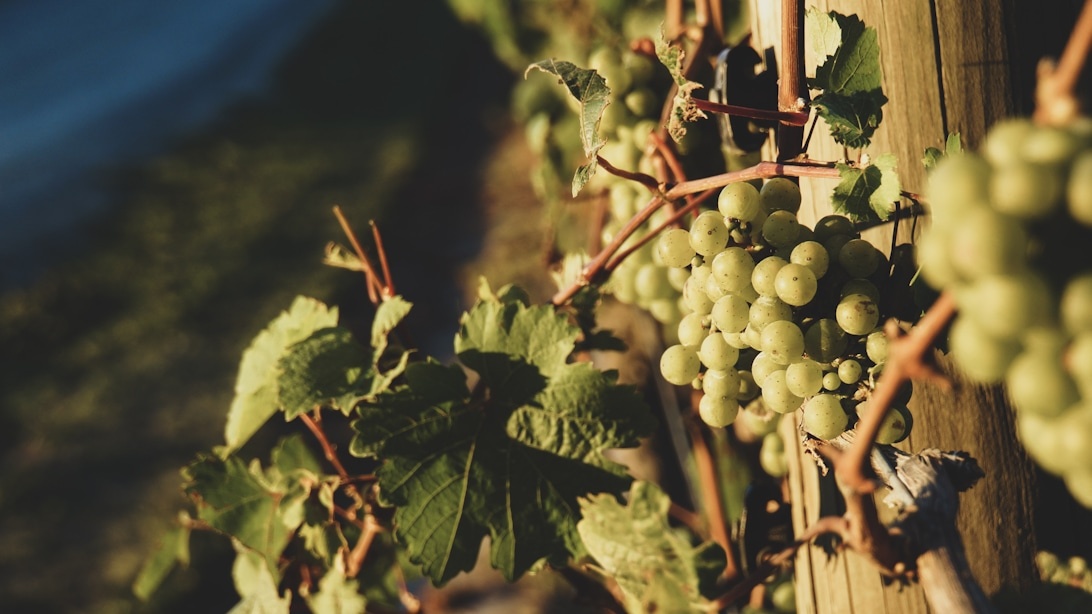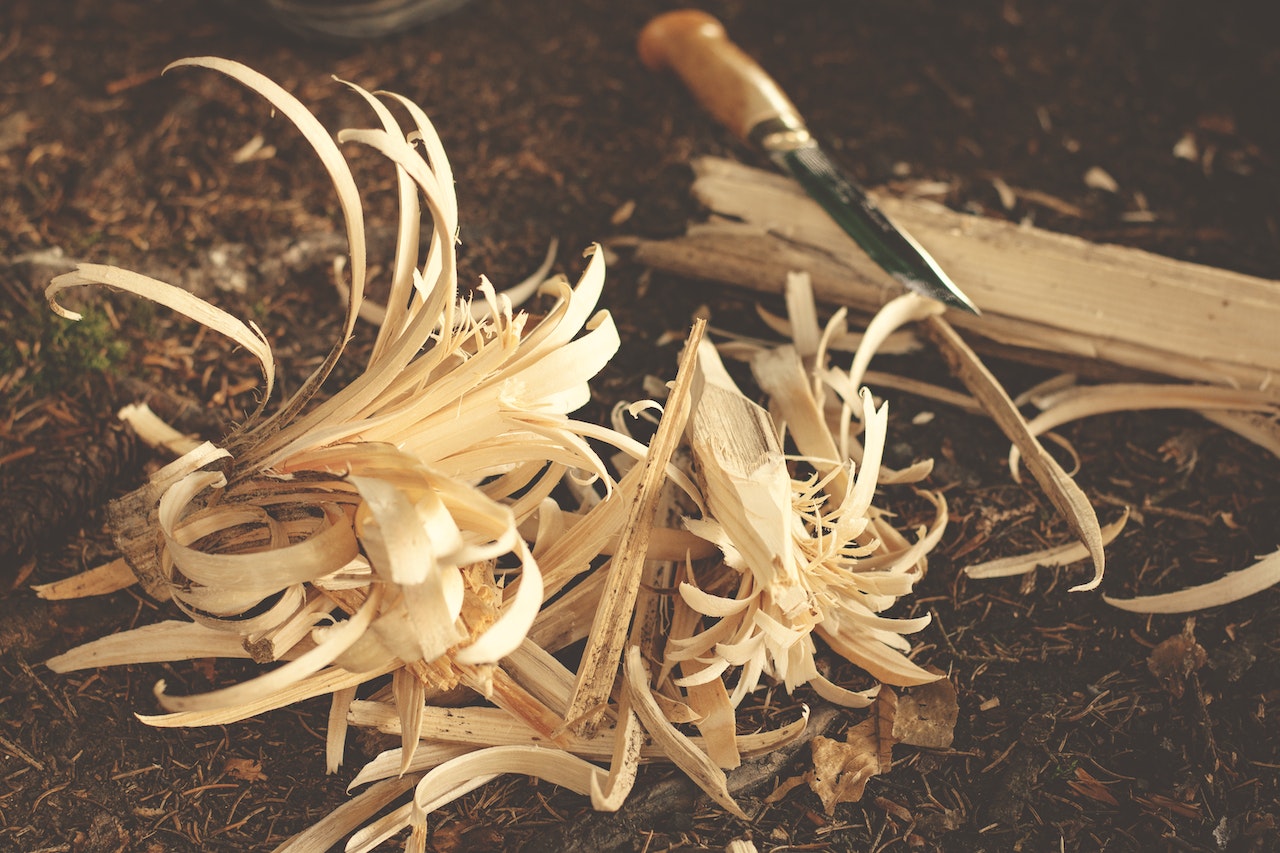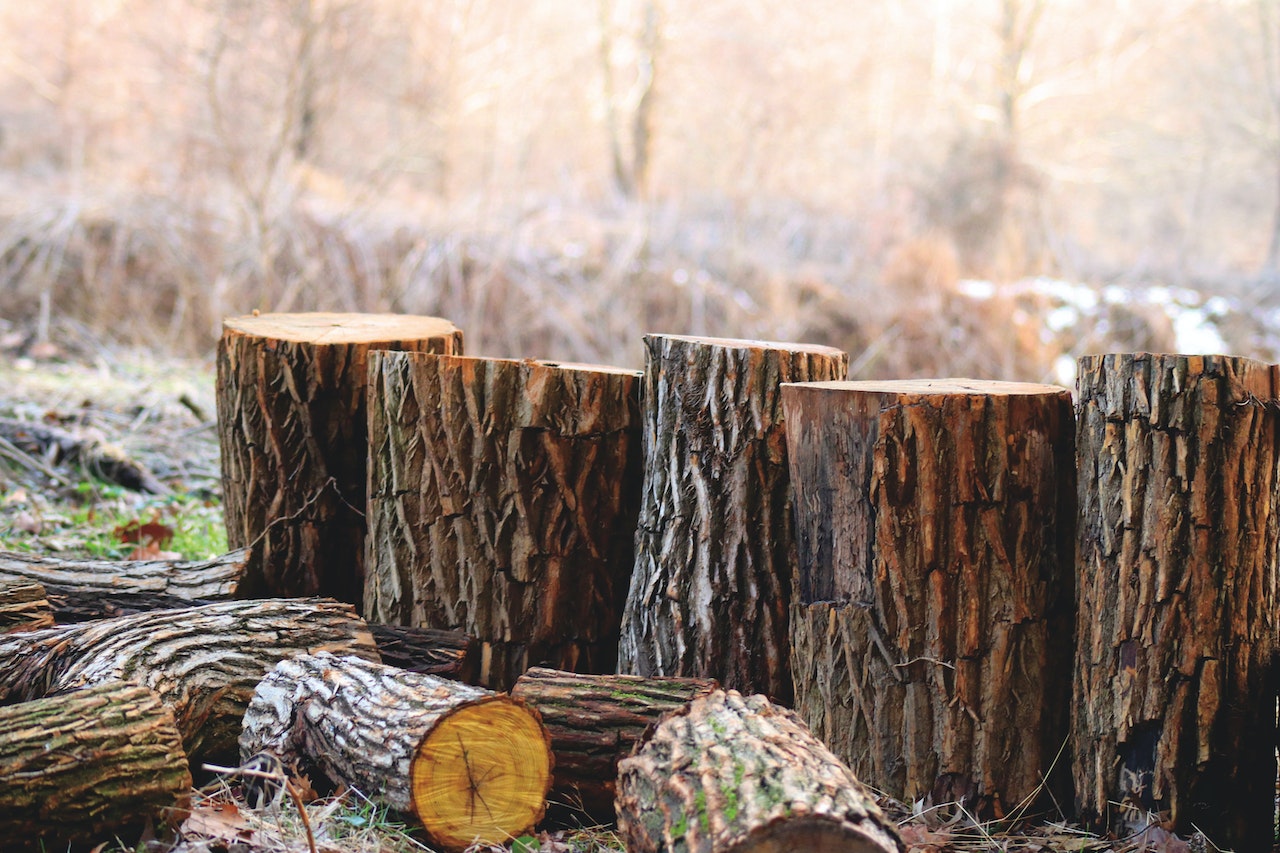The Evolution of Marlborough’s Viticulture: From Early Settlers to World-Class Wine Region
Whenever I wander through the vineyards here in Marlborough, especially on a crisp autumn morning with the scent of harvest in the air, I’m struck by the relatively recent yet profoundly impactful history etched into this landscape. It’s easy to take our region’s global wine reputation for granted, but the journey from quiet pastoral land to a celebrated viticultural powerhouse is a truly remarkable story worth exploring. It’s a narrative of vision, risk, understanding the unique gifts of our environment, and a continuous drive for quality that has unfolded over less than a lifetime, transforming Marlborough into New Zealand’s premier wine region.
Early Seeds and Stirrings in the Pre-Commercial Era
It’s fascinating to think that the very first whispers of viticulture in Marlborough date back much further than most realise. Records suggest a settler planted the first vines as early as 1867, a time when the broader New Zealand wine story was just beginning with figures like James Busby in the North Island and the establishment of Mission Estate in Hawke’s Bay. However, unlike those early North Island efforts often linked to religious orders or satisfying local thirst, Marlborough remained firmly rooted in its traditional agricultural identity for over a century. Visiting places like Brayshaw Park, with its focus on our farming heritage, really brings home how dominant sheep farming, grain cultivation, and cherry orchards were, as noted in the Marlborough region profile. For the longest time, the idea of Marlborough as a wine region simply wasn’t part of the picture; those early vines were isolated experiments rather than the dawn of an industry.
The Turning Point Commercial Vineyards Take Root
The real shift, the moment the landscape began its transformation, arrived dramatically in 1973. I often try to imagine the conviction it must have taken for Montana Wines (now known as Brancott Estate) to look at the Wairau Plains, then primarily sheep country, and envision vast vineyards. Their decision to plant around 50 hectares was a bold, calculated risk, marking the first large-scale commercial viticulture not just in Marlborough, but on the entire South Island. This wasn’t merely about planting grapes; it signified a fundamental change in perspective. It marked a move away from the earlier New Zealand model, where pioneering Dalmatian immigrants often established vineyards near markets like Auckland, towards selecting sites specifically for their viticultural potential based on climate and soil – the beginning of truly understanding and harnessing Marlborough’s unique terroir.
This pivotal moment didn’t happen in isolation. The 1960s and 70s saw several currents converging across New Zealand, creating fertile ground for such ventures. Kiwis travelling abroad brought back a taste for European food and wine culture, seeking to replicate it at home. The nation’s strong dairy industry, surprisingly, provided crucial expertise in hygiene and refrigeration, skills directly applicable to modern winemaking. Furthermore, a new generation of ambitious Kiwis sought formal winemaking training overseas, returning with invaluable knowledge blending Old World tradition and New World science. Coupled with evolving liquor licensing laws, like the rise of BYO restaurants, and that quintessential Kiwi ‘can-do’ attitude, the stage was set. It feels like a perfect storm of cultural shifts, technical know-how, and entrepreneurial spirit, beautifully captured in reflections on the broader history of wine in New Zealand.
Sauvignon Blanc and the Global Stage
While Montana’s plantings broke ground, it was the dawning realisation in the early 1980s of Marlborough’s extraordinary affinity for Sauvignon Blanc that truly ignited the region’s destiny. This grape variety found a unique expression here, unlike anywhere else in the world, displaying uniquely vivid characteristics thanks to the local conditions. It rapidly began to replace previously planted varieties like Muller Thurgau, as growers recognised its immense potential. I remember hearing stories from the early days – the excitement and surprise as the first Marlborough Sauvignon Blancs revealed their distinctive, pungent aromas and vibrant flavours.
The watershed moment, the one that firmly placed Marlborough on the world wine map, was the launch of Cloudy Bay in 1985. Founded by Australian winemaker David Hohnen, who clearly saw the region’s potential to produce world-class wine, Cloudy Bay quickly became an icon. Its Sauvignon Blanc, embraced enthusiastically first by the UK market and then globally, became the benchmark. As noted by World Wine Weather, this launch and the subsequent rave reviews were critical. It’s almost astonishing how quickly this single wine style captured international attention, defining not just Marlborough but New Zealand wine for a generation. Its success wasn’t just commercial; it was cultural, creating a distinct identity for our wines on the global stage.
Understanding the Land Terroir Sub-regions and Sustainable Practices
The Climatic Advantage Sunshine and Cool Nights
At the heart of Marlborough’s success lies its unique natural endowment – the terroir. We are blessed with one of the sunniest spots in New Zealand, averaging over 2,400 hours annually, crucial for ripening grapes. Yet, it’s a cool climate overall, moderated by the Pacific Ocean and sheltered from harsh westerly and southerly winds. Perhaps the most critical factor is the significant diurnal temperature range – the difference between warm days and cool nights. This swing, sometimes as much as 15°C during the crucial March-April harvest period (when days average 19-21.5°C and nights drop to 7.5-10.5°C), allows the grapes to develop intense, complex flavours while retaining the bright acidity that gives our wines their characteristic vibrancy. Combined with low rainfall and free-draining soils, this climatic magic allows for a slow, extended ripening period, perfect for developing aromatic intensity.
Mapping the Terroir Wairau Southern Valleys and Awatere
Over time, there’s been a deepening appreciation that Marlborough isn’t monolithic. Winegrowers identified distinct sub-regions, primarily the Wairau Valley, the Southern Valleys, and the Awatere Valley, each possessing unique characteristics. The Wairau Valley, the region’s heartland around Blenheim, features old, gravelly riverbed soils and varied aspects creating diverse meso-climates known for fruit intensity. The Southern Valleys (including Omaka, Brancott, Waihopai) have heavier soils with more clay, are often cooler and drier inland, proving particularly well-suited for elegant Pinot Noir and aromatic varieties. The Awatere Valley, further south and distinct geographically, is cooler, drier, and windier, often with higher elevation sites yielding lower quantities but intensely aromatic Pinot Noir and distinctive Sauvignon Blanc. Wineries like Nautilus Estate strategically source grapes across these diverse areas, weaving together the unique threads of each sub-region to create more complex and layered wines. This nuanced understanding, detailed by sources like New Zealand Wine, is central to Marlborough’s evolution.
From Flood Plains to Hillsides Evolving Practices and Sustainability
Viticultural practices themselves have evolved significantly. The initial large-scale plantings focused on the alluvial flood plains of the Wairau River, particularly around Rapaura. From the early 1990s onwards, expansion occurred, moving into the Awatere Valley and onto the northern and southern hillsides flanking the Wairau. This wasn’t just about finding more land; it reflected a move from a more general farming approach towards highly specialised wine-growing techniques tailored to specific sites and varieties. Alongside this refinement came a powerful commitment to environmental stewardship. The Sustainable Winegrowing New Zealand (SWNZ) programme, established in 1995, has been instrumental in guiding the industry towards environmentally responsible practices, with the ambitious goal of becoming the world’s first 100% sustainably accredited wine industry.
Many wineries have embraced this wholeheartedly. Villa Maria, for instance, was a founding member of SWNZ and pioneered quality initiatives in the 1980s, rewarding growers based on fruit quality rather than just volume – a revolutionary step at the time. Similarly, the dedication to organic practices is growing, exemplified by estates like the organically certified Hans Herzog Estate, known for its exclusive, handcrafted range, and Nautilus Estate exploring organic methods at their Renwick vineyard. This intertwining of quality focus and environmental responsibility is a defining feature of modern Marlborough viticulture, ensuring the region remains progressive and respected.
Beyond Sauvignon Blanc Diversification and Innovation
While Sauvignon Blanc remains Marlborough’s calling card, the region’s story is increasingly one of diversity. Elegant Pinot Noir finds exceptional expression, particularly in the Southern Valleys and parts of the Awatere. Chardonnay continues to impress with its intensity and structure, and vivid aromatic varieties like Riesling and Pinot Gris are gaining well-deserved recognition. A particularly exciting development, I find, is the rise of high-quality traditional method sparkling wine. Initiatives like Méthode Marlborough bring together dedicated producers such as Hunter’s Wines, Nautilus Estate, and Saint Clair Family Estate, committed to crafting world-class fizz using traditional techniques and grapes grown exclusively here. It adds another fascinating dimension to our wine identity, moving beyond still wines.
This diversification is often coupled with a spirit of innovation that extends beyond the vineyard. Villa Maria’s bold move in 2001 to become the world’s first major winery to commit entirely to screwcaps is a prime example. While seemingly a packaging decision, it signalled a commitment to quality preservation and a willingness to challenge convention, further bolstering Marlborough’s image as a modern, forward-thinking region. These developments show a region confident in its foundations but eager to explore new possibilities and showcase its versatility.
Marlborough’s Wine Story A Legacy Still Unfolding
Reflecting on this journey, the speed of Marlborough’s transformation is truly remarkable. In less than fifty years, since those first major commercial plantings in 1973, we’ve witnessed a shift from pastoral farming to becoming New Zealand’s largest wine region. Today, Marlborough accounts for roughly two-thirds of the national vineyard area, encompassing approximately 31,000 hectares, with over 22,000 hectares dedicated to the iconic Sauvignon Blanc. This rapid ascent, driven initially by that unique Sauvignon Blanc expression, has created a significant $1.72 billion annual export industry and placed Marlborough firmly on the global map. Yet, despite this scale within New Zealand, we remain a boutique producer on the world stage compared to giants like Australia or Italy, which perhaps reinforces the focus on quality over sheer volume.
Marlborough’s viticultural evolution is more than just an economic success story; it’s a narrative woven into the fabric of our community and landscape. It’s about the interplay between the unique environment, the vision of pioneers like those at Montana and Cloudy Bay, the dedication of growers and winemakers adapting practices over decades, and the continuous quest for improvement and sustainability embodied by initiatives like SWNZ and Méthode Marlborough. As I look out over the rows of vines that now define so much of our region, I feel a sense of pride in this heritage and excitement for what the future holds. The story is far from over; new chapters exploring different varieties, refining techniques, navigating climate shifts, and deepening our understanding of this special place are constantly being written. It’s a living history, and one I believe is crucial to cherish and share.





 useum to see the exhibition will make them look forward to their time even more.
useum to see the exhibition will make them look forward to their time even more.
 in. It knows an item from the group would draw people to the museum even more. So to wow audiences, it put a large stationary engine on display. And as expected, this stationary engine is favoured by many visitors to the museum.
in. It knows an item from the group would draw people to the museum even more. So to wow audiences, it put a large stationary engine on display. And as expected, this stationary engine is favoured by many visitors to the museum.
 /p>
/p>
 dworking. To them, woodworking is not for the faint of heart, and their works are strategically created. Anybody who views their masterpieces can also see the result of the personal resources they invested in them.
dworking. To them, woodworking is not for the faint of heart, and their works are strategically created. Anybody who views their masterpieces can also see the result of the personal resources they invested in them.